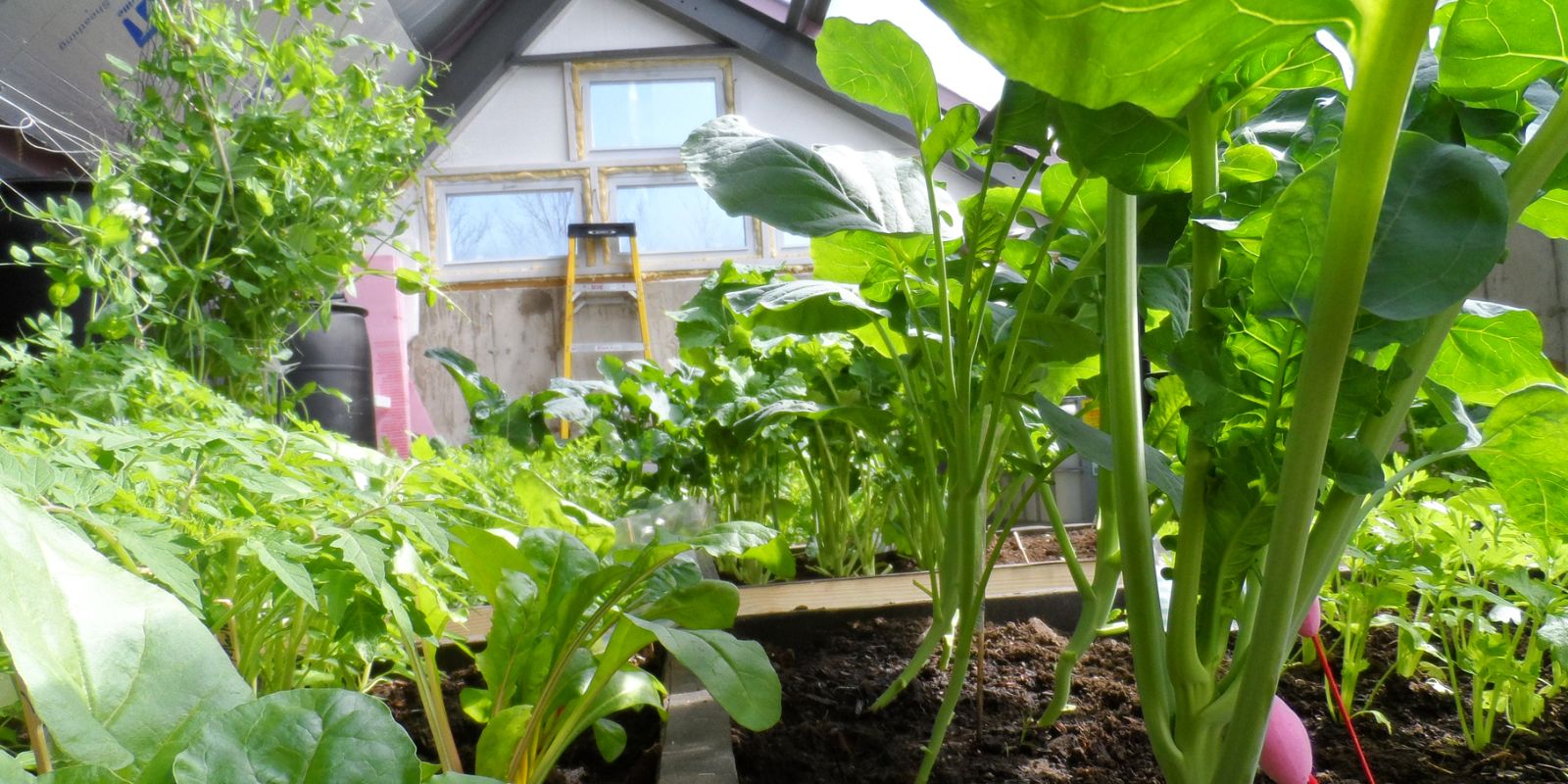Introduction
As global climates fluctuate and food security becomes a pressing issue, gardeners and farmers alike are seeking innovative ways to grow crops year-round. Enter the Walipini greenhouse—a sustainable, cost-effective solution that harnesses the power of natural insulation and sunlight to create an ideal growing environment. Originating from the high-altitude regions of South America, the term “Walipini” means “place of warmth” in Aymara, and its design lives up to the name. This guide will walk you through the process of building your own Walipini greenhouse and unlocking the potential for continuous food production, even in extreme climates.
What is a Walipini Greenhouse?
A Walipini greenhouse is a sunken structure built below ground level. It utilizes the earth’s natural insulation to maintain a stable temperature inside, which is crucial for protecting plants from cold winters or excessively hot summers. Unlike traditional greenhouses, which rely on artificial heating, the Walipini is a sustainable, eco-friendly alternative designed to maximize energy efficiency.
Key Benefits of a Walipini Greenhouse:
- Year-round growing potential: Extend your growing season indefinitely.
- Energy-efficient: Minimal reliance on external heating or cooling systems.
- Cost-effective: Uses readily available materials and natural resources.
- Versatile: Suitable for a wide variety of fruits, vegetables, and herbs.
Steps to Build Your Walipini Greenhouse
1. Select the Perfect Location
The success of your Walipini begins with choosing the right site. Look for:
- Ample sunlight: The site should face north-south in the southern hemisphere or east-west in the northern hemisphere to maximize sunlight exposure.
- Good drainage: Avoid areas prone to flooding.
2. Design the Structure
Before you start digging, plan your greenhouse dimensions. The size depends on your needs, but a typical Walipini is about 8-10 feet deep, 10-20 feet wide, and 20-50 feet long. Ensure the roof will slope at a 35-45 degree angle for optimal sunlight absorption.
3. Start Excavating
Dig a rectangular pit in the chosen area. The depth is essential for insulation, so aim for 6-8 feet. Keep the walls straight, but consider angling the back wall slightly to improve stability.
4. Reinforce the Walls
Lining the walls is crucial to prevent soil collapse. Use:
- Bricks or stones for durability.
- Packed earth for a more economical option.
- Concrete for added stability in wet climates.
5. Install Drainage Systems
To prevent water from collecting at the bottom of your greenhouse, add a drainage system using perforated pipes or a simple gravel layer.
6. Build the Roof
The roof is one of the most critical components of a Walipini. It should be transparent and sloped to allow sunlight to penetrate and rainwater to drain. Common materials include:
- Polycarbonate panels for durability and UV protection.
- UV-treated polyethylene sheeting for affordability.
7. Add Ventilation and Access Points
Proper airflow is vital to prevent overheating and humidity buildup. Incorporate:
- Windows or vents at the highest points of the structure.
- A secure door for easy access and temperature regulation.
8. Incorporate a Thermal Mass
A thermal mass stores heat during the day and releases it at night, stabilizing the greenhouse’s internal temperature. Options include:
- Water barrels painted black.
- Large stones or bricks.
9. Prepare Planting Beds
Arrange raised beds or plant directly into the soil. Raised beds offer better drainage and easier maintenance. Use compost and organic fertilizers to enrich the soil for optimal plant growth.
10. Maintain and Monitor
A Walipini requires regular care to thrive. Monitor:
- Temperature: Use thermometers to ensure it stays within ideal ranges.
- Moisture levels: Adjust irrigation as needed.
- Ventilation: Open or close vents based on weather conditions.
Tips for Maximizing Your Walipini’s Efficiency
- Choose the right crops: Grow plants that thrive in warm, stable conditions, like tomatoes, cucumbers, leafy greens, and herbs.
- Use companion planting: Pair crops like basil with tomatoes to improve yields and deter pests.
- Install rainwater collection systems: Capture and store water runoff from the roof.
- Invest in good insulation: Use straw bales or additional earth mounds around the structure for better thermal regulation.
- Add reflective surfaces: Paint walls or use reflective materials to enhance light distribution.
Why Choose a Walipini Greenhouse?
Traditional greenhouses can be expensive to heat, particularly in cold climates. The Walipini’s underground design leverages the earth’s thermal properties, drastically reducing energy costs. Furthermore, it is an environmentally friendly option for those looking to adopt sustainable gardening practices.
Real-Life Applications:
- Grow food in high-altitude or desert areas where traditional farming is challenging.
- Provide a stable environment for sensitive crops like tropical fruits.
- Create a microclimate for growing diverse crops together.
Challenges and How to Overcome Them
- Waterlogging Issues:
Solution: Install an efficient drainage system before planting. - Limited Light in Winter:
Solution: Use LED grow lights to supplement natural sunlight during shorter days. - Pest Management:
Solution: Implement organic pest control methods and practice crop rotation. - Initial Labor:
Solution: Recruit help or hire professionals to assist with excavation and construction.
Conclusion
Building a Walipini greenhouse may require upfront effort, but the long-term rewards make it worthwhile. From reducing your carbon footprint to enjoying fresh, organic produce all year long, this sustainable gardening solution is a game-changer. With a little planning, patience, and care, your Walipini can become a thriving oasis of growth, no matter the season.
Start your Walipini journey today and experience the joy of year-round gardening!
#WalipiniGreenhouse #SustainableGardening #YearRoundHarvest #GrowYourOwnFood #GardeningHacks

